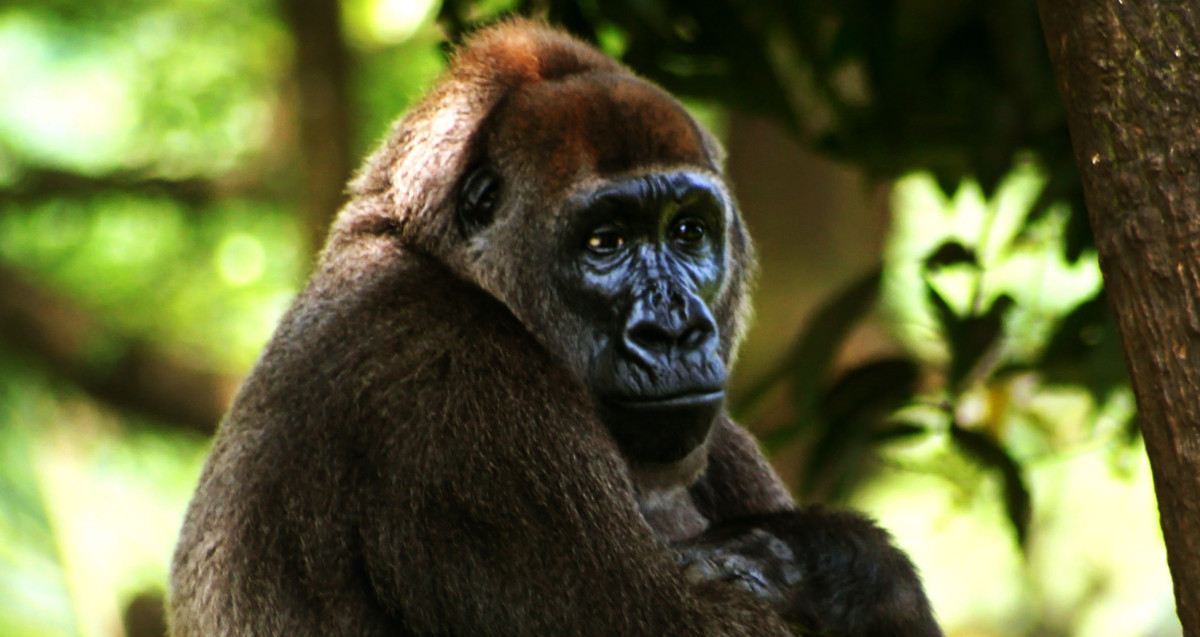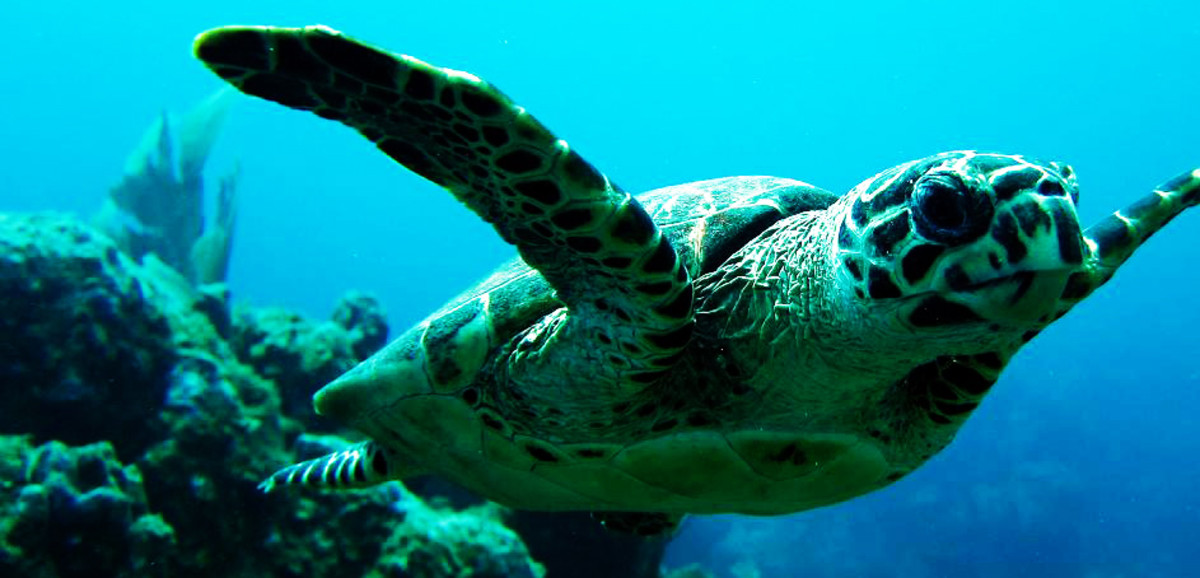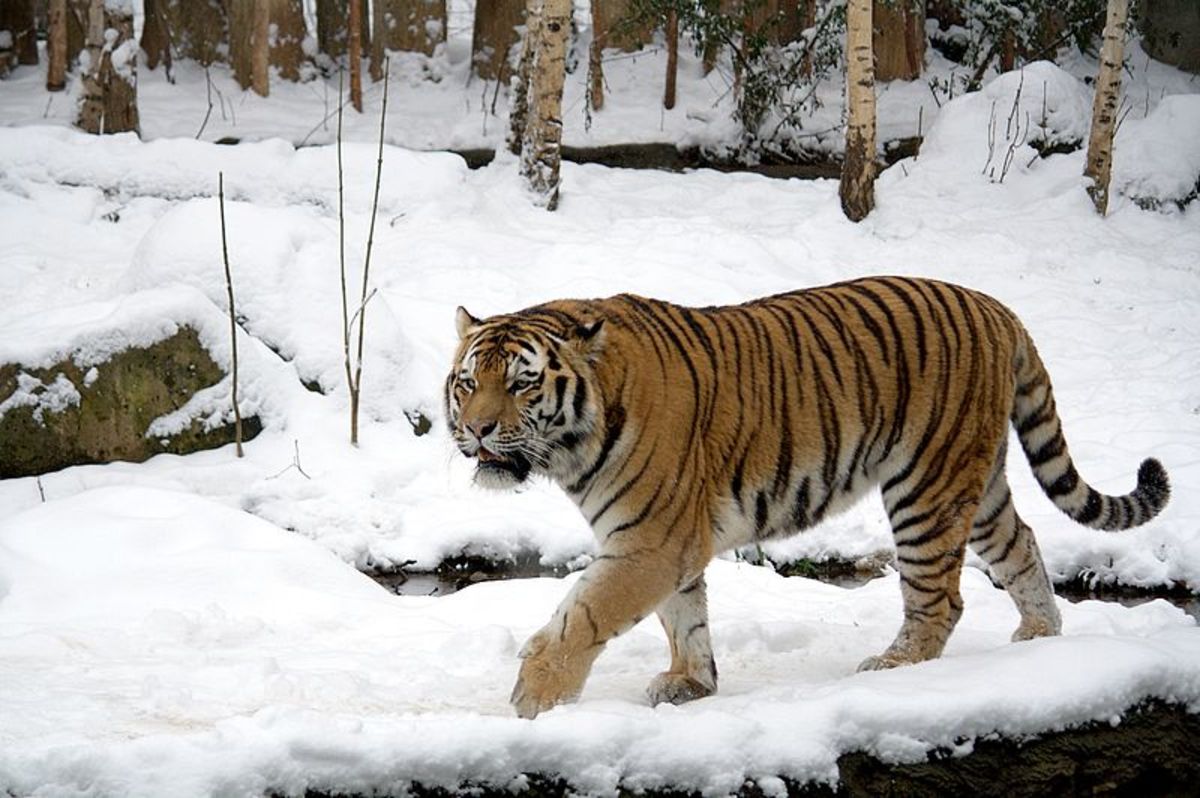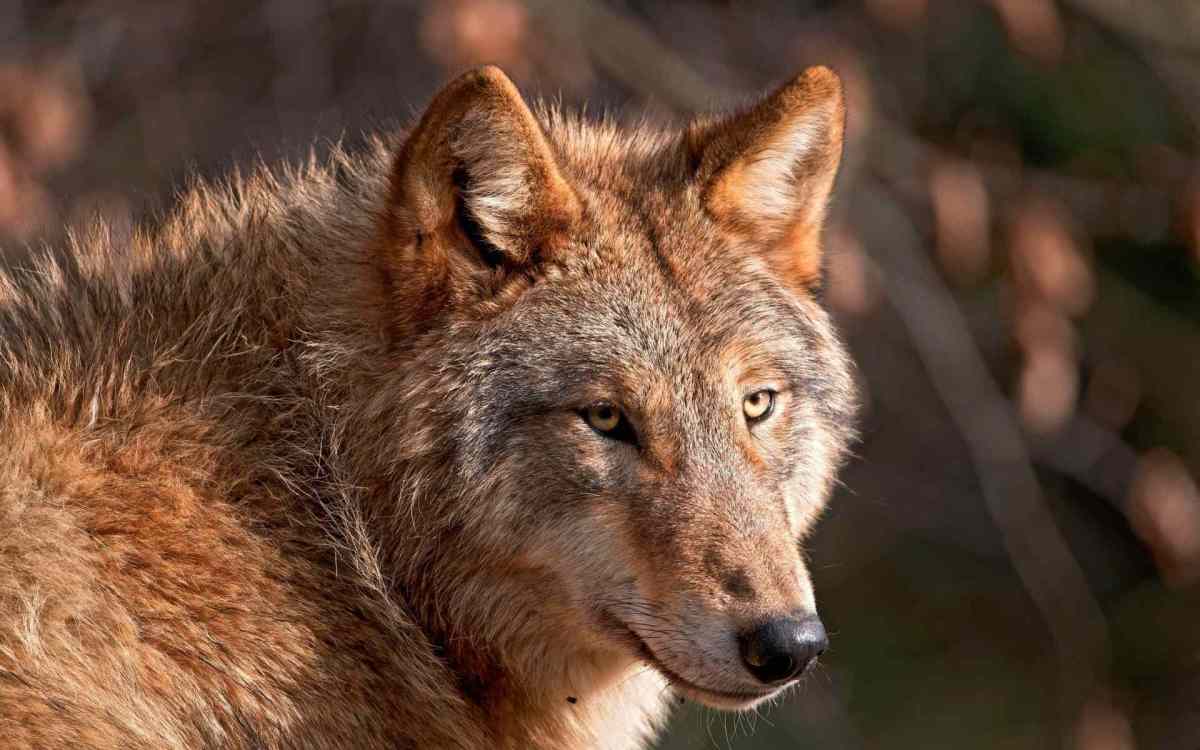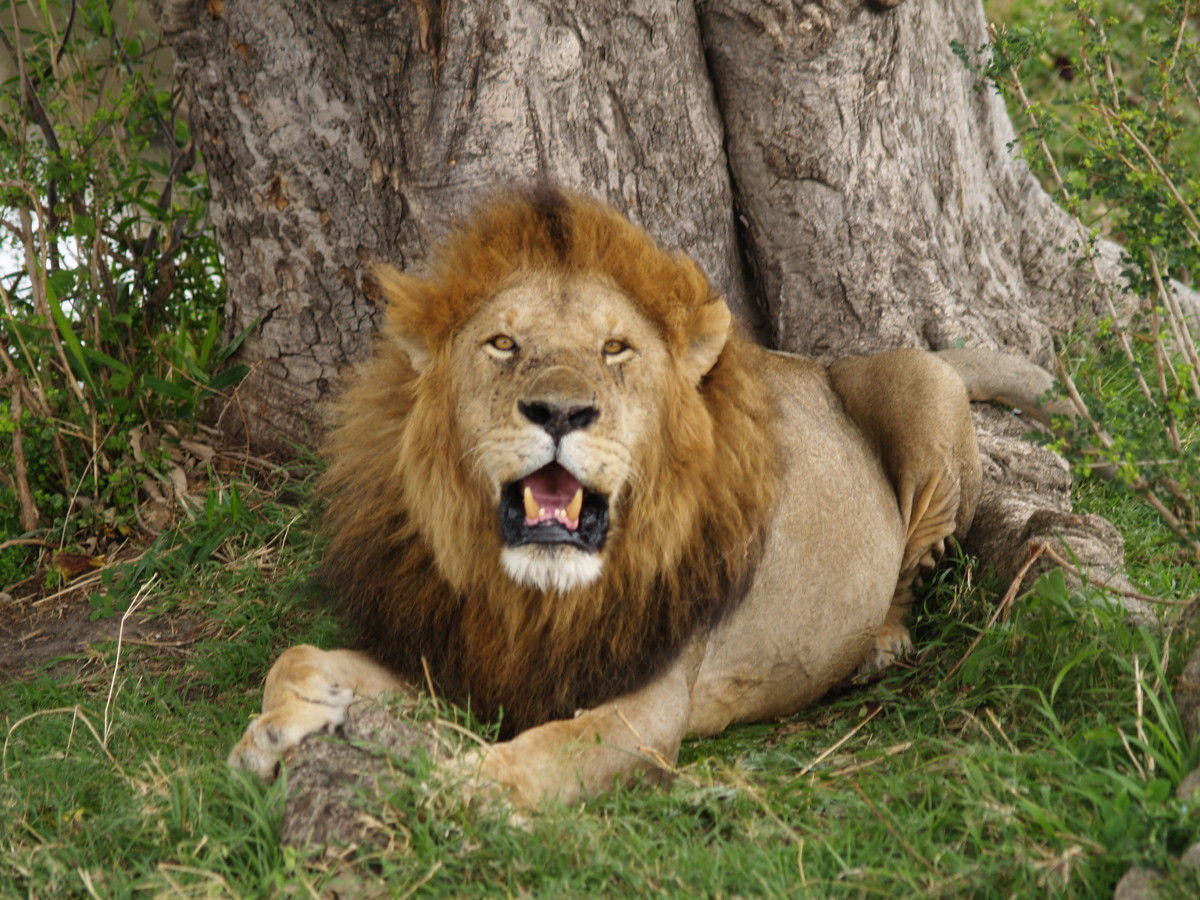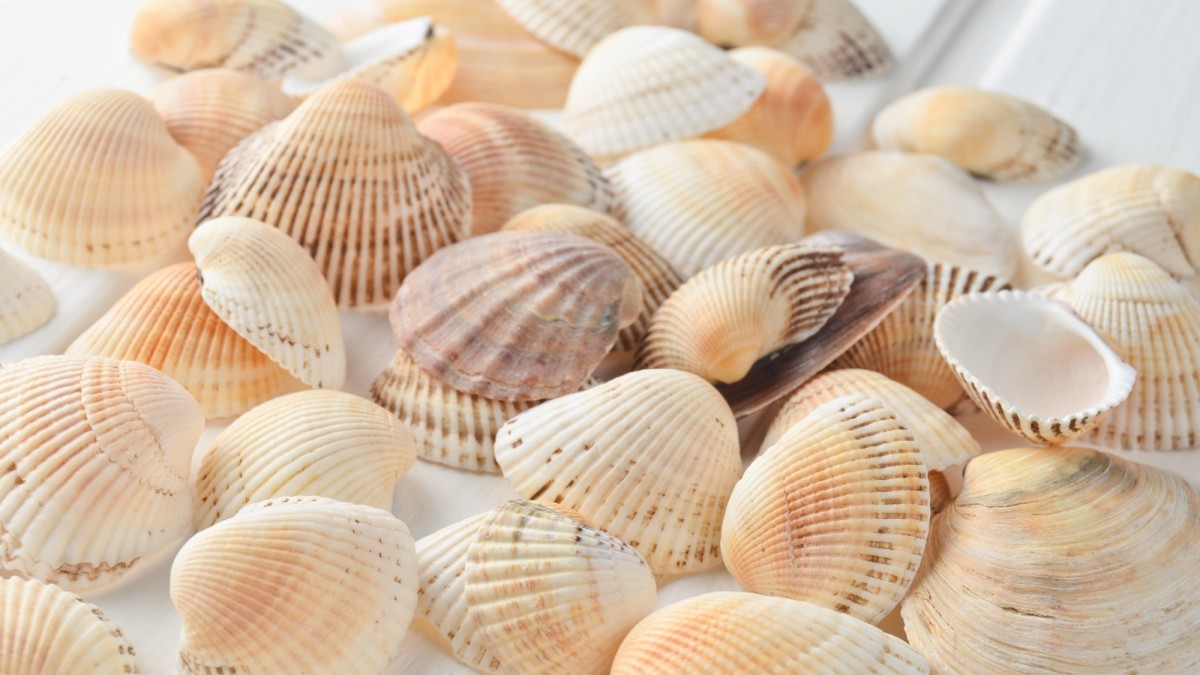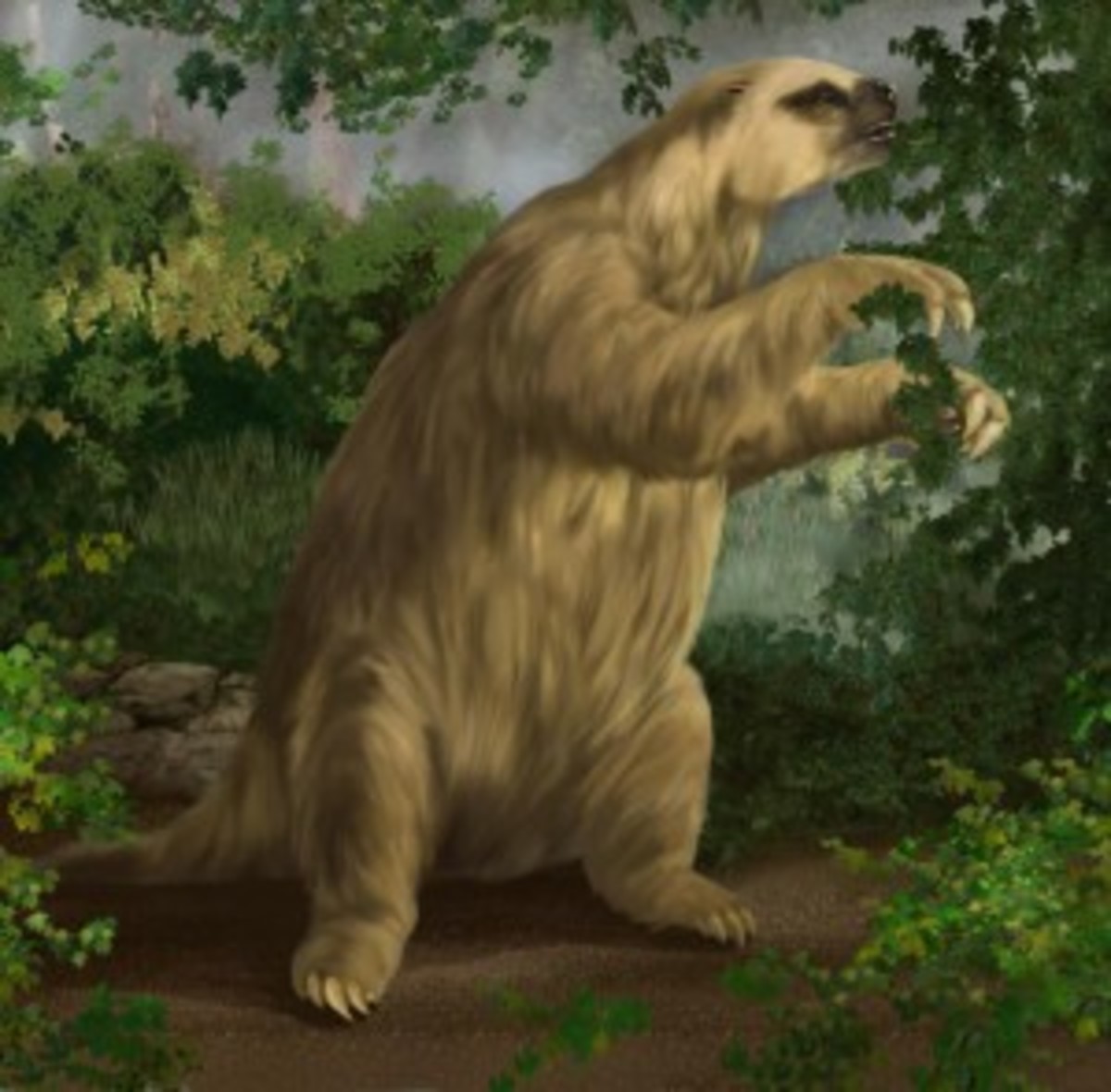12 of the World’s Most Critically Endangered Species
It is quite amazing when you think about how many animal species there are all over the world, each with their distinct characters and behaviors. All of them form the great circle of life, including humans. Sadly, as the world moves towards modernization, the impact on the environment and its inhabitants increases. Numerous species have been declared as extinct while some are slowly living their last days towards extinction.
According to the World Wildlife Fund, there are 16 critically endangered species, and several others that have been classified as either endangered or vulnerable. Here are some of those that are seen to be critically endangered:
Amur Leopard
Found in Far East Russia, this leopard subspecies are known to run for as fast as 37 miles per hour. With only around 30 of them left, their nimble bodies give them the ability to leap to as much as 10 feet vertically and 19 feet horizontally. They are known to be solitary in nature and are also known by their other names Far East leopard, Manchurian leopard, or Korean leopard.
Black Rhino
When European settlers arrived in Africa in the early 20th century, the usually great number of rhinos in the area quickly dwindled. Known as one of the oldest mammals in history, 96% of their total number were killed between 1970 and 1992 alone. Today, the demand for rhino horn as part of folk remedies in Vietnam and other Asian countries has made the threat even bigger, with at least one rhino being killed every single day.
Cross River Gorilla
With an estimated 200 to 300 of them left, this western gorilla subspecies are very similar to their more common counterparts, with the only difference being their tooth and skull size. With their forest homes being cleared for timber and to create space to cultivate livestock and agriculture, their numbers continue to lessen. Although there are laws in place against poaching of these animals, they are not followed strictly and very little is done when poachers are caught.
Hawksbill Turtle
From the name itself, hawksbill turtles are characterized by their pointed beaks. They feed on the sponges found in coral reefs, helping to clear the way for fish to have better access to the corals. Their shells have become the main reason for their near extinction, with the high value placed on it as the demand increases. These shells are used to make jewelry and ornaments, with East Asia being the biggest market.
Javan Rhino
The most threatened among all the rhino species, only 35 of the Javan rhinos are left. They live in the Ujung Kulon National Park in Indonesia and remain susceptible to a number of different threats despite their supposedly protected surroundings. For one thing, the area is highly vulnerable to a number of natural disasters such as tsunamis and volcanic eruptions. Their low genetic diversity also makes it difficult for them to breed, with the remaining few—possibly the last few one—that man will ever see. The national park has also become overrun by Arenga palms which take over possible food sources for the rhinos. Disease is also a common problem, as the presence of wild cattle in the park possibly spreading illness to the other inhabitants.
Leatherback Turtle
The largest of all the sea turtles, they are migratory in nature and travel all over the Atlantic and Pacific Oceans. They remain to be an important link to the earth’s early days, being in existence for the last 100 million years. A big part of the big decline in their numbers lies in the loss of their natural habitat. They usually nest on beaches which are now mostly overrun by humans. Their feeding grounds have also become greatly affected with sea grass beds and coral reefs being devastated by irresponsible fishing methods, pollution, and other human activities.
Mountain Gorilla
With thicker fur that protects them from the freezing cold in high altitudes, mountain gorillas can be found 8,000 to 13,000 feet above sea level. As the presence of humans have gotten closer and closer to their territory, they are also forced to move higher up the mountains, having to endure even more dangerous terrains with deadlier conditions for longer periods of time. With their current population estimated at 880, conservation efforts have proven to be effective as their numbers started to rise again in recent years.
Saola
The total number of saolas in existence is unknown, considering the fact that they have remained hidden from human eyes until they were first seen in 1992. Found deep in the forests in the Annamite Mountains in Laos and Vietnam, the fact that they are rare and completely vulnerable has made it one of the top priorities of conservation efforts. Although these forests used to be dense and mostly untouched, continued logging and clearing have caused their natural habitat to become smaller, giving hunters easier access to this unique species.
South China Tiger
Considered to be functionally extinct, not a single South China tiger has been seen in the wild for the past 25 years while the only remaining ones are found in zoos. Although there are plans of reintroducing some of the few remaining of their species into the wild, the fact that their natural habitat around the evergreen forests in Southeast China is not large enough to sustain their growth in population continues to be a problem.
Sumatran Elephant
With Sumatra experiencing one of the widest deforestations of this age, half of the actual number of the Sumatran elephants was immediately lost. With 70% of their natural habitat destroyed in just 25 years, their encounters with humans become more frequent. Considering their situation, they often react violently against humans, causing humans to retaliate and kill them. Poachers also run after male elephants as they are the only ones that have tusks, causing a huge imbalance on the ratio of males against females and decreasing their breeding rates even further.
Sumatran Orangutan
Also falling victims to the wide deforestation in Sumatra, the 7,300 of them left are divided into nine different populations all over Aceh and North Sumatra. Only seven of these populations have somewhat positive chances of surviving in the long term. Helping forested areas grow as they disperse seeds over large areas, it is quite ironic that most of them have also died trapped in the forests they aim to save as their movements are slow and often leave them unable to leave their homes during forest fires.
Vaquita
With less than 200 of them left, the death of even one vaquita takes their species a few leaps closer to extinction. The world’s smallest porpoise, they live around the upper part of the Gulf of California in Mexico. The problem is these waters are also a favorite among large fishing vessels that would often catch these creatures into their nets accidentally, causing them to drown. A number of alternative fishing techniques are now being tested, and fishermen in the area are continuously undergoing training so that they can easily adapt to the changes. These alternative measures will still allow them to catch us much as before without the degree of environmental impact that their conventional methods have.
These are only some of the species around the world that are considered to be critically endangered. As their numbers dwindle at a faster pace than you may realize, the imbalance in nature is also reaching critical levels. This is why every human on earth should do everything that they can to make their impact on the environment as little as possible or even humans may face the same problems that these animals are currently facing.

